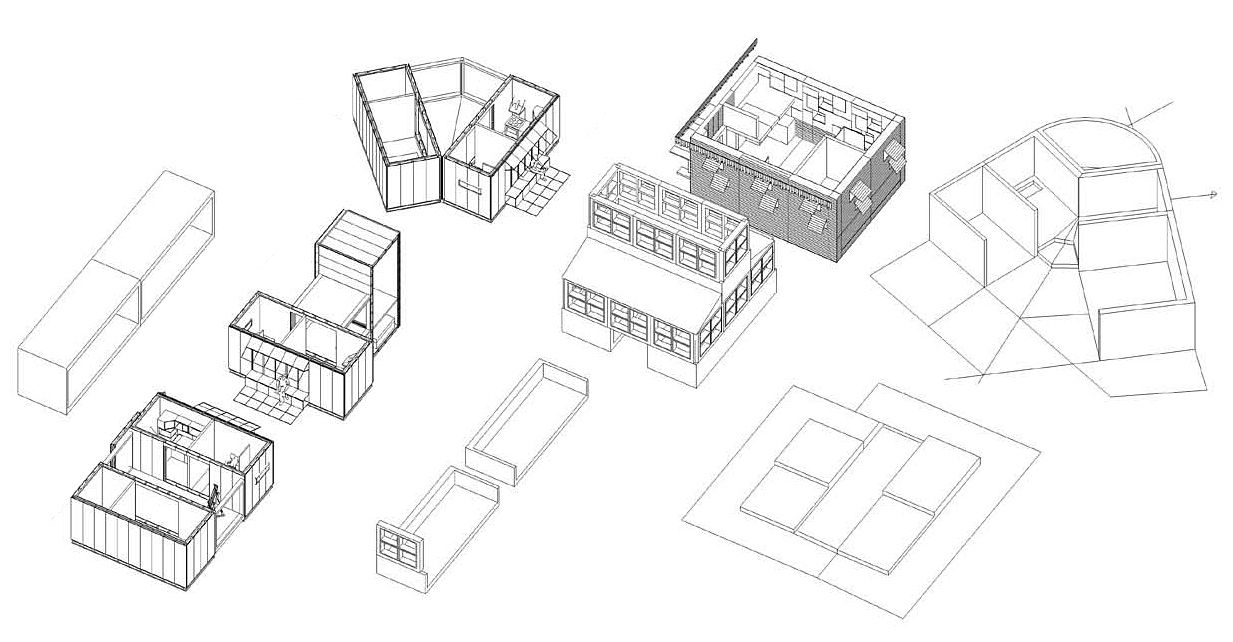It’s not your typical graduation project, constructing your own self-built future home made from reused building materials, but Florian Beukeboom, MSc architecture student, is doing it.
He wants it to be adaptable and transportable too and he won’t be building it alone. He will collaborate with others, working with his hands and engaging with the materials.
Beukeboom will build his low-budget prototype house between April and June 2016. It will be part of the temporary FabCity campus at the head of Amsterdam’s Java Island in the city’s Eastern Harbour District. An off-grid test bed for innovative urban solutions, FabCity is part of the official Arts & Design programme of the six month Dutch presidency of the Council of Europe. You can follow his progress online at www.facebook.com/flo3co.
Tinkerer Beukeboom’s exploratory approach is hands-on and open ended. He designs using hand sketches, models, and 3D computer software, but not overly detailed. He agrees with the Architecture faculty’s slogan that everything is possible, but believes that to find solutions you have to experiment and try things out at 1:1 scale. “Stop thinking. Just do,” he said.
He sees his graduation project as an affordable prototype to make people aware of what you can do with reused building materials. “For now I will focus on reusing building materials but I won’t be limited to them,” he said. “I also won’t limit myself to buildings. Any object made from old reused materials can have a story.” Fascinated by how things are put together and how to reassemble them, he has made a lamp from hard drive cases, pillow cases from towels and an incense holder from reused materials.
Beukeboom plans to make his house’s demountable modules from wooden planks salvaged from a school being demolished in Rotterdam. “The outside will look like normal architecture,” he said. “It should look like people expect, not looking reused, to have an element of surprise when you enter. The interior will look reused. You will see reused doors.” The dwelling will have two modules. A wet one with the kitchen and the bathroom and a dry one with closets, a table and bed in the floor. Material resourcefulness need not conflict with lavishness, as he has a design for a unique sanitary experience using a raised bathtub reached by a staircase from which used water will flush the toilet beneath.
“I would like to exhibit my prototype at the International Festival of Technology in June,” said Beukeboom. “Then to install my prototype at the Green Village on campus, live there, keep adapting it and teach students about reuse and sustainability.”



Comments are closed.